If left unattended for one growing season, the vines would surely swallow up the Fairfield Food Market in Tremont. The dive is a reminder of Tremont’s working-class era as well as the years before gentrification began to take hold at the start of the 21st century. But gentrification swallowed up the market before the vines could (KJP). CLICK IMAGES TO ENLARGE THEM
Abbey and Fairfield markets, going and gone
ARTICLE UPDATED NOV. 15, 2021
Tremont doesn’t have a grocery store but it does have tiny neighborhood markets. And two gritty members of that shrinking fraternity are about to fade into history.
The demise of the Fairfield Food Market and the Abbey Market & Grocery are a rite of passage as Tremont continues its transition from a rough and tough neighborhood of Eastern European, African-American and Appalachian people who worked in the nearby mills and other Cleveland industries. Replacing them in the last few decades are a wide and gentrifying mix of young professionals, service workers and others who live in new or renovated townhomes and apartments.
In September, Southside Holdings LLC acquired the Fairfield Food Market, 1027 Fairfield Ave., from Maher K. Hammas for $75,000, according to Cuyahoga County records. The store was closed upon its sale. Southside Holdings, owner of neighboring The South Side restaurant, 2207 W. 11th St., has owned all the properties surrounding the market since 2008.
On Nov. 9, Southside Holdings applied to the city’s Building & Housing Department for a demolition permit to take down the 1,435-square-foot store.
Fairfield Food Market was from another era of Tremont. It had iron bars on the windows outside and smelled of cat urine on the inside. Passersby could use the ATM, buy a pack of smokes, lottery tickets, beer, soda pop, snacks and a limited selection of foods while petting an affectionate store cat named Socks. The owner often worked the counter or sat on the front stoop. He was considered by many to be friendly.
It isn’t known what, if anything, would replace the small, vine-smothered brick building. Sherman DeLozier, who owns Southside Holdings, did not respond to a voicemail message and an Instagram message prior to publication of this article. But odds are that it will have less familiarity with the iron bars and ghetto brews of the past and more to do with the wine spritzers, lattes, steaks and sushi found in the neighborhood today.
The other neighborhood dive is farther west, near to Ohio City. Standing on the north side of Abbey Road, the main drag linking Ohio City and Tremont, is the aptly but uncreatively named Abbey Market & Grocery.
It is on a figurative island called Duck Island; a spit of high ground surrounded by ravines once filled with railroad tracks, junkyards and the occasional dumped body. Rumor has it that Duck Island was so-named because it was where you went to hide or “duck” from the police. Even today, a drunk or two will loiter outside the market. Sometimes you might even catch a quick drug deal going down.
More so today, however, the weeds and underbrush that covered much of Duck Island are giving way to townhomes and apartment buildings that seemed to be growing as fast as, um, weeds. It is now home to some of the most expensive housing in the city of Cleveland outside of downtown. The railroad tracks and junkyards have given way to hiking/biking trails and trailside gardens.
MetroHealth President and CEO Akram Boutros recently built a million-dollar townhouse here. It measures 4,000 square feet and offers an unobstructed view of the city’s skyline. And you’ll also find restaurateur Sam McNulty, one of Duck Island’s most vocal champions. His neighbors include executives at well-known local employers like Lincoln Electric, Dimit Architects, Marc’s and Huntington National Bank.
Another neighbor is the 2,200-square-foot Abbey Market, 1922 Abbey Rd., dating from about 1890, building records show. It and a small house next door of a similar age appear ready to blow away in the next wind storm. Instead, they are due to succumb to a purchase agreement reached by developer Michael Panzica who confirmed he has the entire 1.7-acre block under contract. Terms of the pending sale are unknown.
According to Cal Issi, who leases the market property, the store will remain open until February, selling 40s, pork rinds, small grocery items along with cheap but tasty gyros. The property was sold by the Bahhur family in 2017 to 1922 Abbey Avenue LLC, an affiliate of real estate developer Matt Berges, according to state records.
Most of the rest block on which the market sets is vacant. It is also owned by Berges who was leasing the vacant portions to Chicago-based developer Stoneleigh as a construction staging area for its $60 million, 241-unit Waterford Bluffs Apartments a block away on the north side of Lorain Avenue. Berges said he is selling the property because he has his own plate full developing the 15-unit W20th & Smith townhomes just north of the site.
Although Panzica said it’s too early to comment on the scale of his proposed development on the site of the Abbey Market, there was soil boring equipment poking holes in the ground a week ago. Such equipment is typically used to collect soil samples and make sure that the soil conditions can support a building with more weight than mere townhouses. When Berges owned the site, he considered putting a multi-family building of about four or five stories on it.
Panzica is developing apartment buildings and mixed-use complexes in Ohio City, Little Italy and elsewhere. A Tremont West Development Corp. representative was unwilling to comment on the pending real estate deals involving the two markets.
There’s also the possibility that whatever Panzica plans might have neighborhood-style retailers on the ground floor to be a local hub for walk-in business. If so, maybe Abbey Market and its famous gyros might still have a future on Duck Island — if they can afford the rent.
“I sure hope so,” Issi said.
END

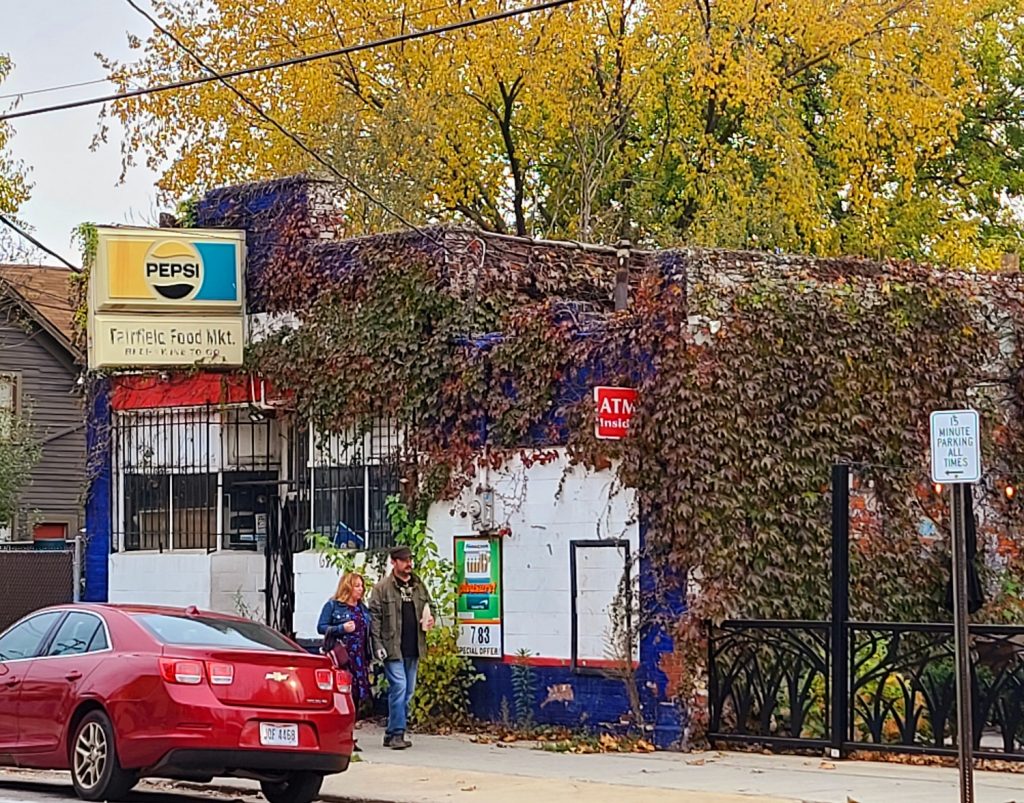
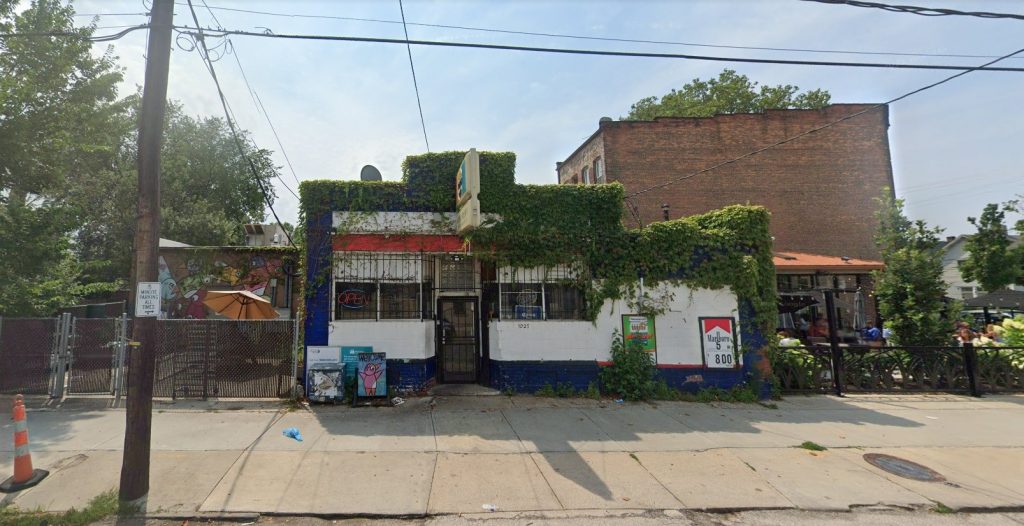
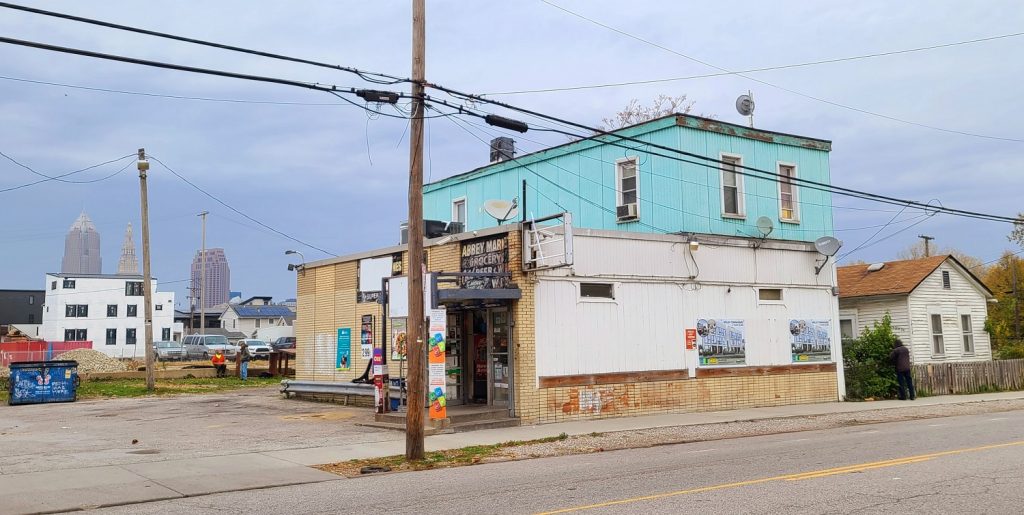
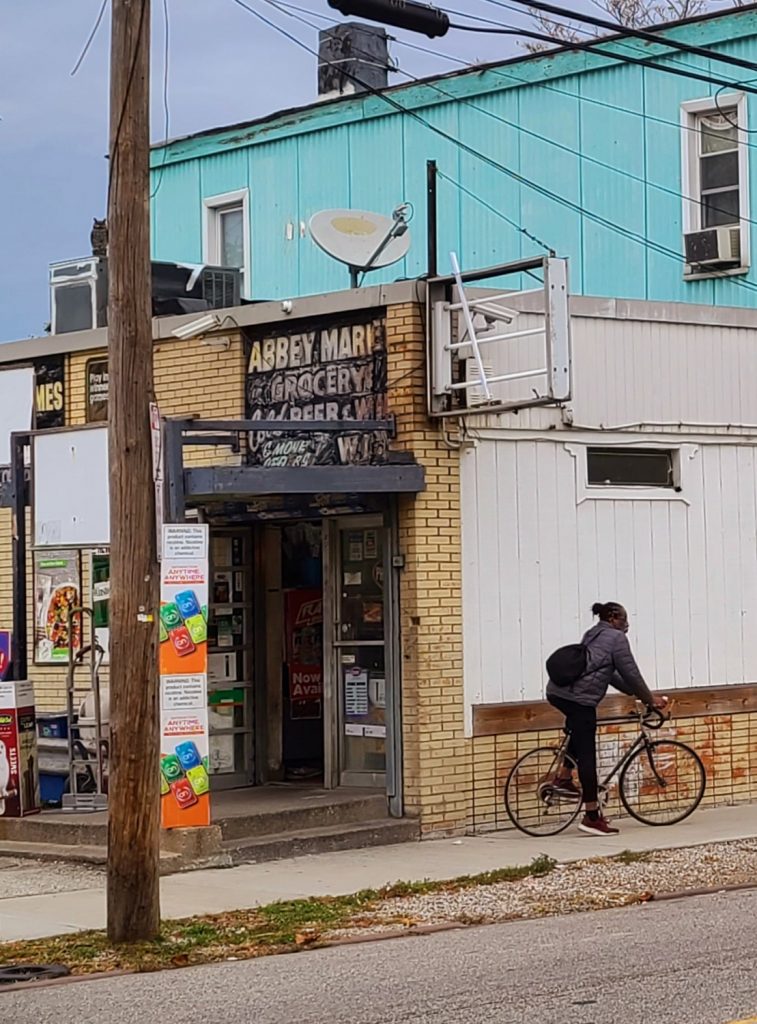






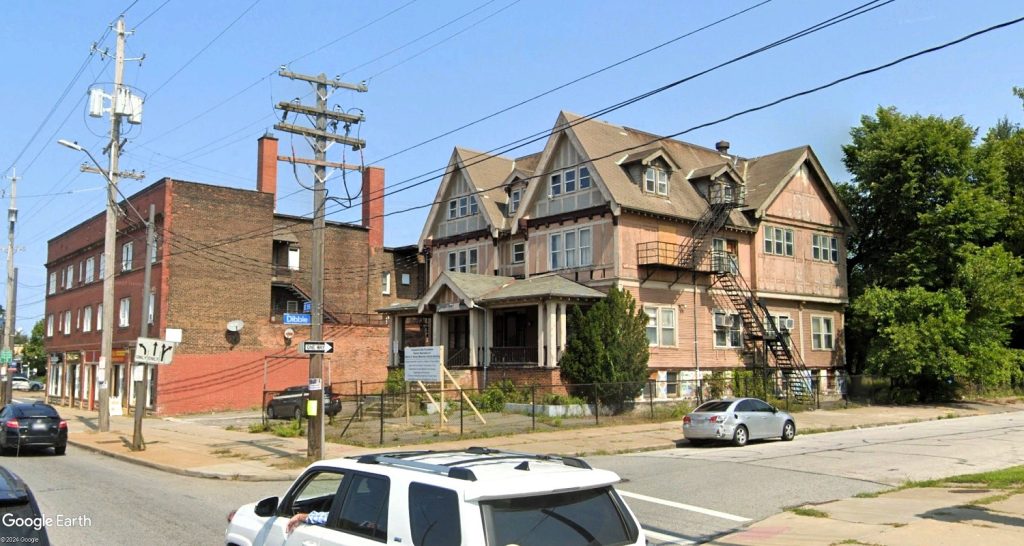

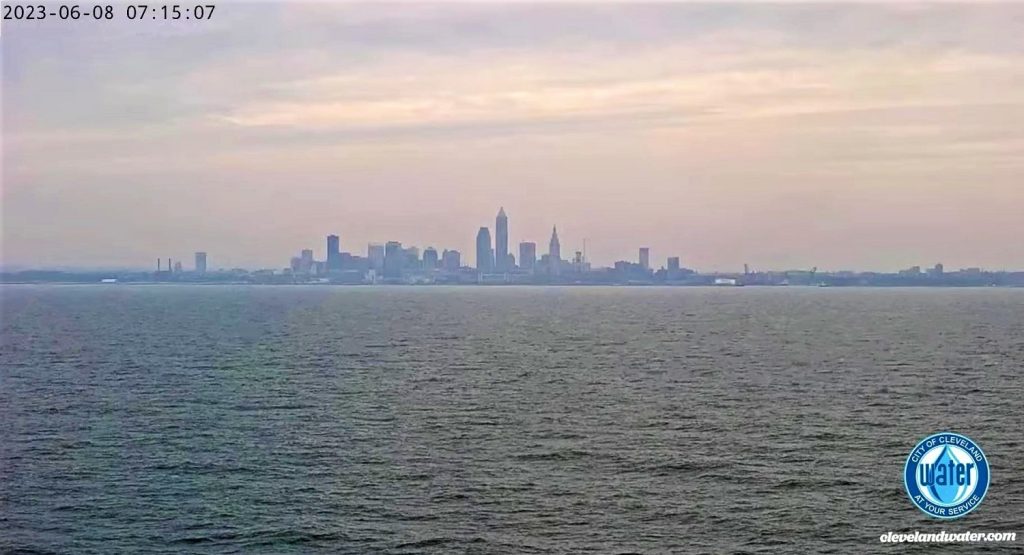
Comments are closed.